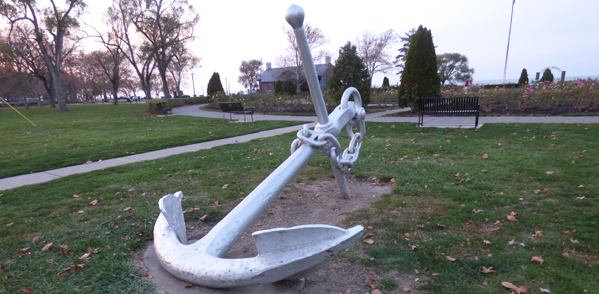SIGNS THE ANCHOR IS NEUTRALIZED
These are some common signs that we are no longer in a regressed (triggered) state.
- I feel sense of relief, like a weight or burden has been lifted, a subtle release, or a pleasant peaceful lightness.
- Joy, laughter, and my sense of humor return.
- Fear is gone. I feel safe. I feel like I can keep myself safe.
- My voice returns to its normal tone and volume.
- I feel empowered and realize I have choices.
- Boundary setting occurs naturally, easily and organically out of clarity rather than fear.
- I set boundaries (healthy limits) around my own behavior, instead of trying to change the behavior of other people.
- I do not feel a need to communicate my boundaries to others.
- Cravings disappear
- A feeling of connection returns (connection to myself, others, and something bigger).
- A new, positive story seems more believable now.
- I can appreciate and utilize logic and reason.
- Confusion, uncertainty and doubt are gone.
- Clarity and decisiveness return.
- I intuitively know how to handle situations.
- I know what the next right thing to do is.
- I clearly see what is true now and can respond appropriately. The filter of the past is gone.
- The appropriate response feels right instead of uncomfortable, wrong or wildy inappropriate.
- I might even see how I was projecting a trait of my own onto someone else or recognize how I have done the exact same behavior myself, in the past.
SIGNS THE ANCHOR IS NOT NEUTRALIZED
If I still feel off in any way (unsafe, disturbed, uncertain, etc), even just a tiny bit off, then I know the anchor is not completely neutralized.
I need to use another neutralizing technique or plug another aspect of the trauma into the same technique.
To fully neutralize my triggered reaction, I must neutralize the underlying anchor (unresolved past trauma).
I will still feel victimized and act accordingly, until I have resolved the past trauma (in which I was a real victim).
I might feel neutral, after de-escalating my triggered reaction and regaining some access to my prefrontal cortex.
But it will only be some access, and I will not truly be neutral.
I will still be seeing the current situation through the lens of the past trauma.
There will still be a sharp or harsh edge to my tone and demeanor, no matter how slight.
A big clue that I am still triggered, is if I want to create a new rule or set a boundary around someone else's behavior, so I will feel safe.
If I want to do that, then I know I am still triggered.
For one, because I don't feel safe and, secondly, because I want to control what others are doing.
Boundaries are meant to be set internally, around our own behavior.
When I no longer even have a desire to tell another person what my boundaries are, then I know I am not triggered anymore.
because the only person, who really needs to know and understand my boundaries, is me.
When we know the signs that we are triggered and understand that resolving trauma involves neutralizing our reaction to the past trauma,
not just to the current sitn, then it is harder to make the mistake of thinking we are neutral when we are not.
SECONDARY TRIGGERS
Once we are triggered about something, we become more triggerable.
If I find myself getting triggered by something that normally
would not bother me that much (or at all),
that is a sign that I was already triggered about something else,
and this is a secondary trigger.
I try to figure out when the original trigger happened and what it was.
Then I focus on neutralizing the anchor.
Secondary triggers tend to vanish as soon as the primary trigger is
recognized and the primary anchor is neutralized.
ROOT BALLS
Just because the same anchor (traumatic experience from the past)
keeps coming up does not mean that I did not successfully neutralize that anchor
when it came up before.
I successfully neutralized the aspect of the anchor that got triggered before.
Some anchors are multi-faceted in the affects they had on me.
Some traumatic experiences were fairly one dimensional in the effects they had on me.
One thing triggers them and I neutralize it and they do not ever come up again.
Other traumatic experiences had far-reaching effects on me.
They affected many areas of my life, so it may take many triggering events
to bring up all of the different angles/aspects.
This kind of anchor (past trauma) is like a root ball, requiring a lot of digging around
(neutralizing from a bunch of different angles over time)
before it is finally loosened up enough for the whole thing to come out (be resolved).
